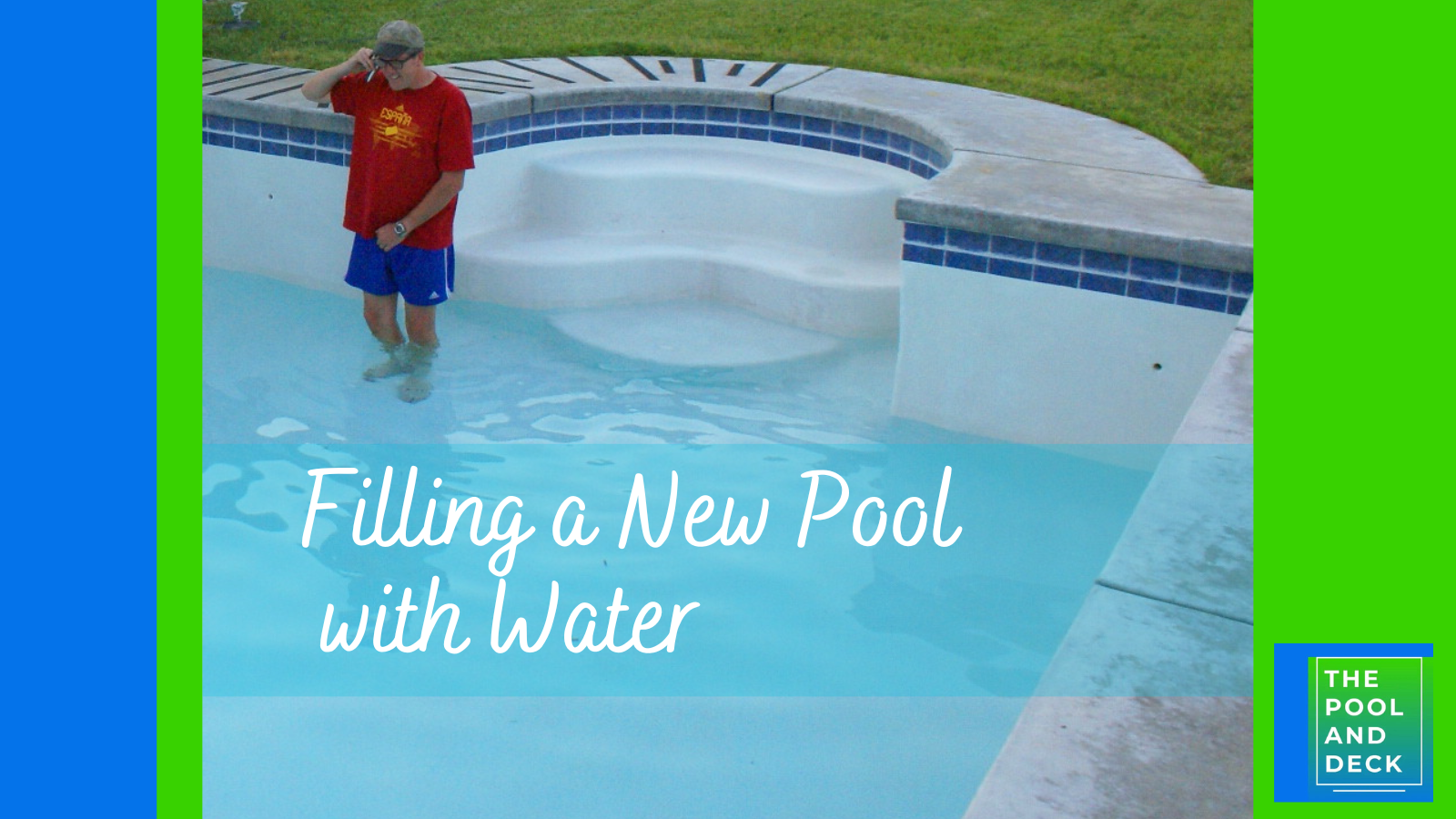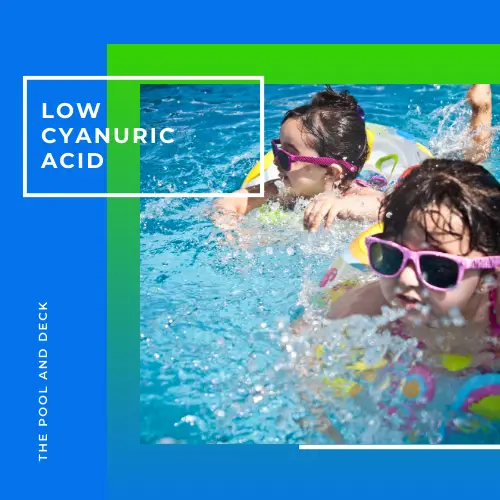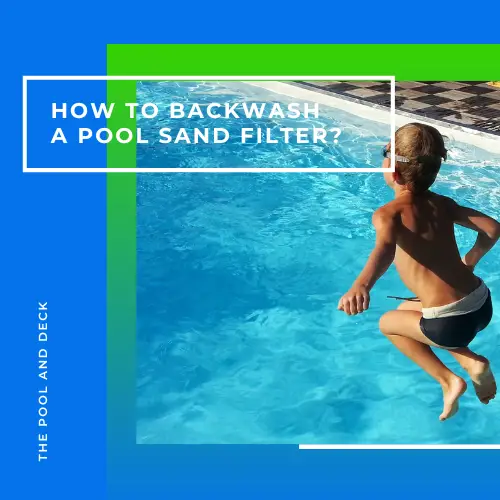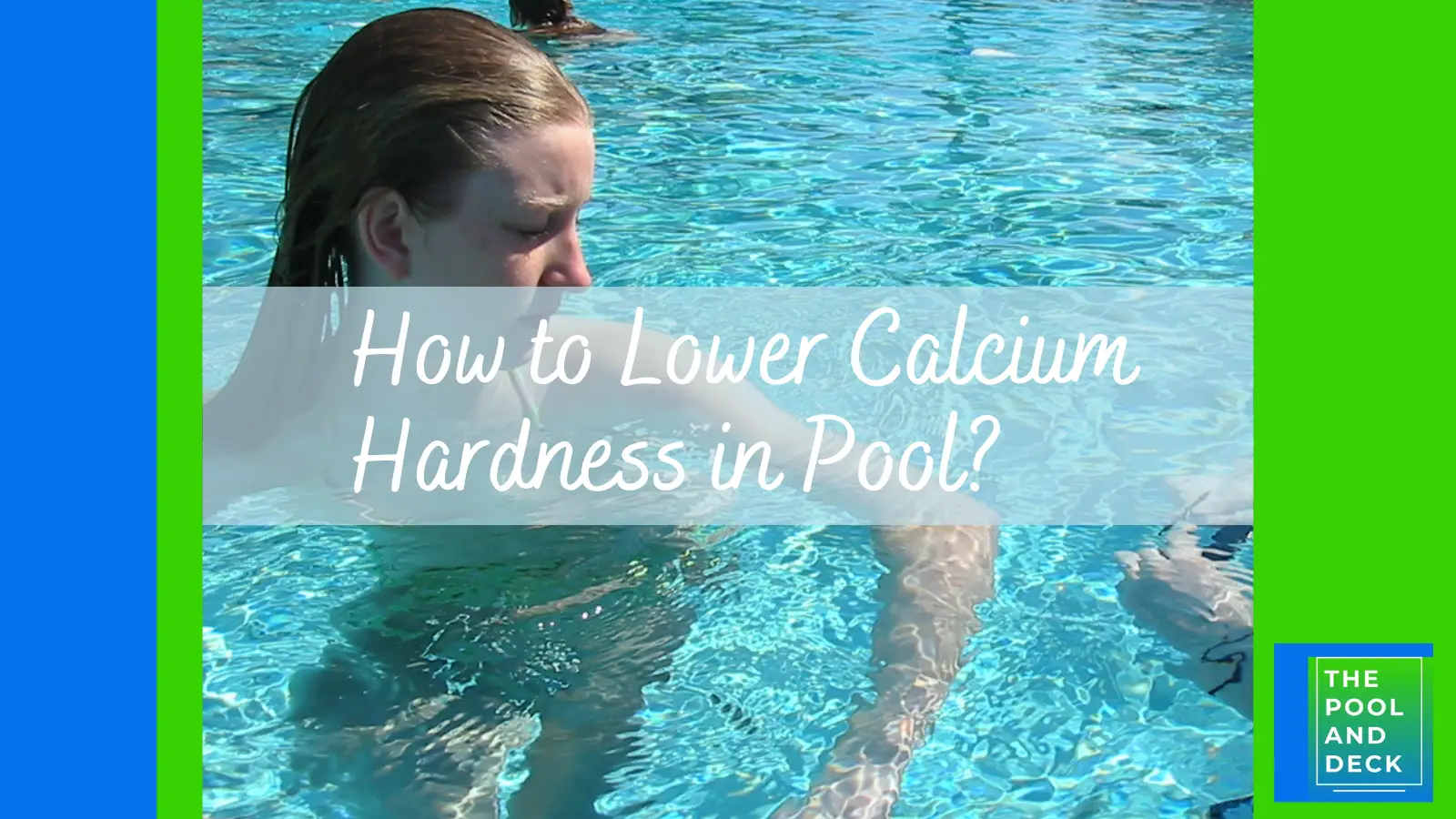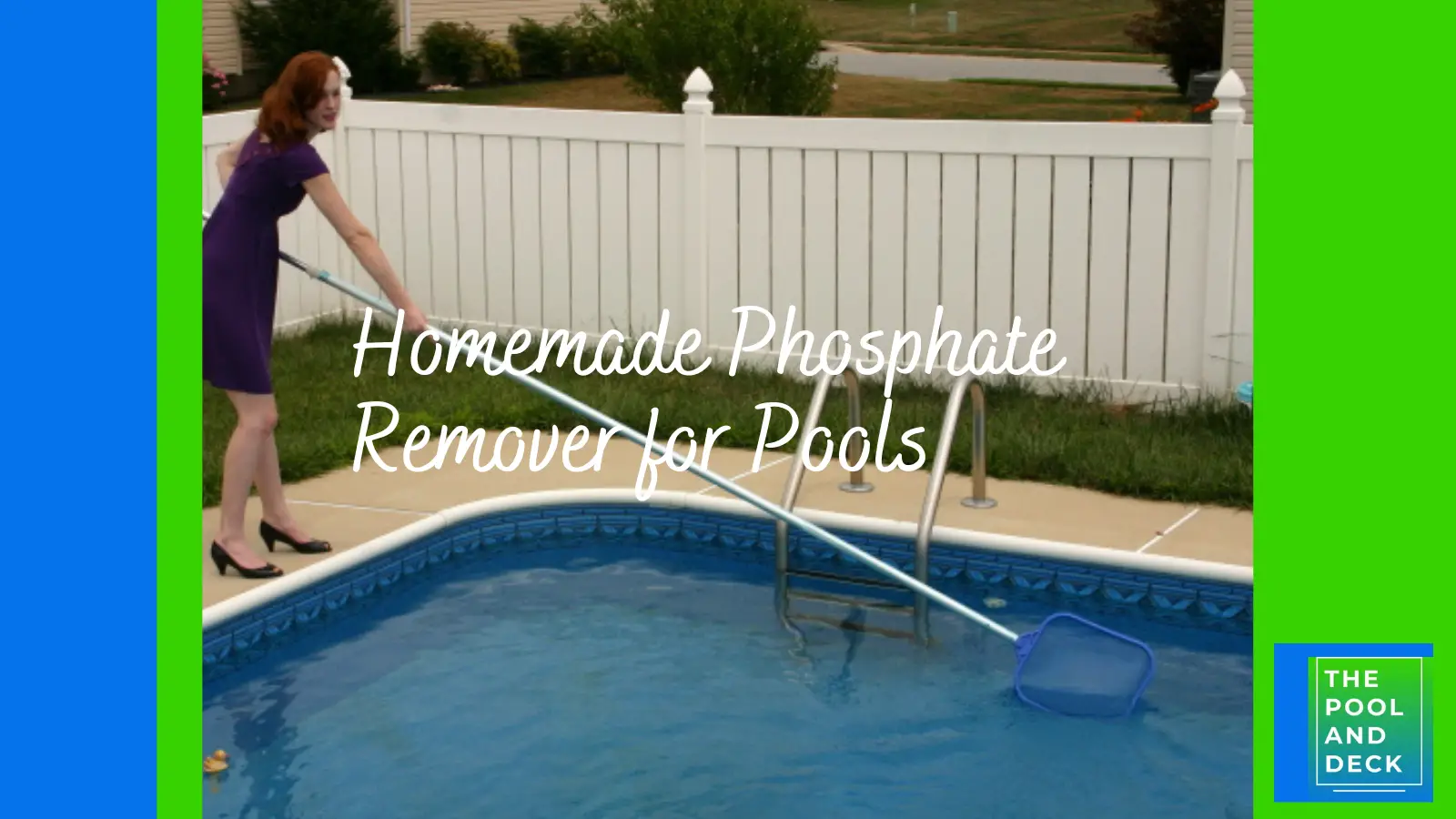7 Common Chloramine Side Effects: Comprehensive Guide
As an Amazon Associate, I earn from qualifying purchases.
The distinct “chlorine smell” emanating from your pool is, strictly speaking, not chlorine smell. It is one of the most noticeable chloramine side effects!
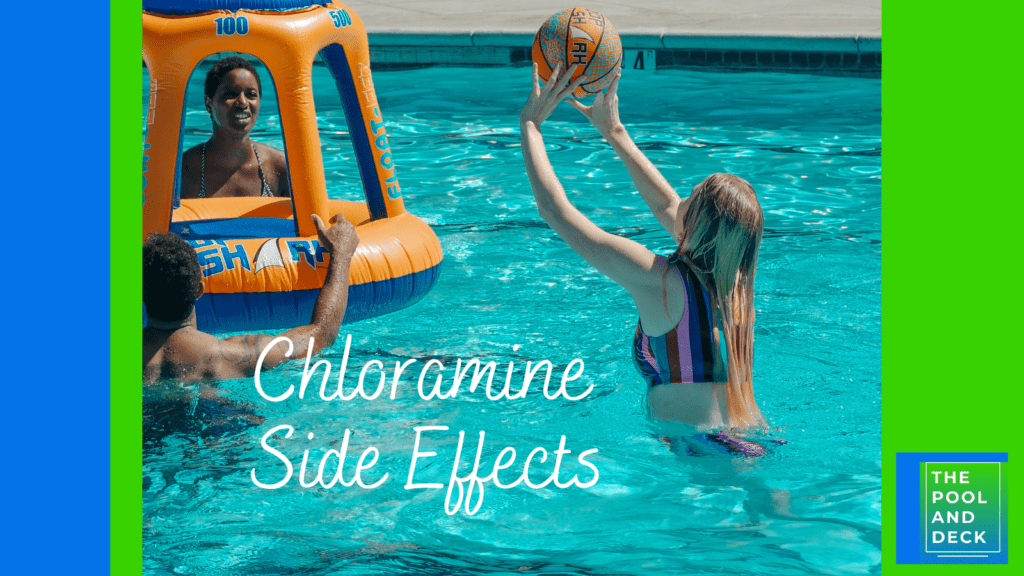
Contaminants can enter your pool through following ways:
- Environmental debris such as dry leaves, dirt, and insects that are blown in to the pool by wind.
- Chemicals and germs that may come in through rainwater or replenishment water.
- Bodily fluids and skin care products such as swimmers’ sweat, urine, sunscreen, body lotions, cosmetics, etc.
Organic compounds and bacteria containing ammonia can react with pool chlorine to form chloramine that has several undesirable side effects, such as, skin and eye irritation, respiratory issues, cloudy water, etc.
In this comprehensive guide, I explain how chloramines are formed, common chloramine side effects, ways to prevent chloramine formation, detection and management of high chloramine levels.
Table of Contents
What are Chloramines?
Chloramines in pool form when free chlorine, essential for pool sanitization, combines with a compound of ammonia. Ammonia compounds are organic substances like sweat, urine, and body oils brought in by swimmers.
These compounds aren’t your pool’s best friend. They’re responsible for that strong “chlorine” smell and can cause irritation to your skin and eyes.
Here’s the science behind it: when chlorine mixes with organic matter, it creates chloramines as a byproduct. These chloramines not only make your pool water less pleasant but can also lead to respiratory issues if their levels get too high.
When Ammonia and Free Chlorine combine in the pool they go through the following stages.
Ammonia (NH3) ==> Monochloramine (NH2Cl) ==> Dichoramaine (NHCl2) ==> Trichloramine (NCl3)
The final product is Trichloramine which exits the pool as a gas and this gives the pool a distinct “chlorine’ smell.
So, understanding and managing chloramines is key to maintaining a clean and safe swimming environment for everyone and mitigating the risks of chloramine side effects.
Common Chloramine Side Effects
As mentioned earlier, the first and the most noticeable chloramine side effect is the strong “chlorine smell”. But that is not all; chloramine side effects include skin irritation, burning and redness of the eyes and even breathing problems in the case of some swimmers.
Beyond discomfort to swimmers, chloramines side effects can also impact the longevity of your pool. High chloramine levels are often associated with low pH and can result in corrosion of pool equipment such as pumps, filters, and heaters.
… chloramines can also contribute to corrosion of metals around the aquatic venue and in air handling systems.
CDC
The chloramine side effects, explained in some detail are as under:
1. Strong Chlorine Smell:
The distinct chlorine odor commonly associated with swimming pools is the off gassing chloramines rather than chlorine itself. High chloramine levels can produce a strong, unpleasant smell reminiscent of bleach or chemical disinfectants.
This unpleasant odor can linger in the air surrounding the pool area and may also cling to swimwear and skin. The odor gets even more pronounced in the case of indoor swimming pools as the gas stays within the enclosure for longer.
2. Skin Irritation:
Chloramines can irritate the skin, causing itching, redness, and discomfort. This irritation is often more pronounced in individuals with sensitive skin or those who spend prolonged periods in the chlorinated pool water.
3. Red Eyes:
Exposure to chloramines can lead to red, bloodshot eyes. This occurs when chloramines come into contact with the delicate tissues of the eyes, causing irritation and inflammation.
4. Respiratory Issues:
Inhaling chloramine vapors, particularly in poorly ventilated indoor pool environments, can irritate the respiratory system. This irritation may manifest as coughing, wheezing, chest tightness, or difficulty in breathing, especially for individuals with asthma or other respiratory conditions.
5. Cloudy Pool:
Chloramines are weak disinfectants and are not as effective as free chlorine. This is because they have a lower ability to oxidize organic matter. The result is a buildup of microorganisms and pool cloudiness.
Chloramines can also interfere with the effectiveness of other pool chemicals, such as algaecides and clarifiers, which can contribute to cloudy water.
Swimming in a cloudy pool is not just unhealthy, it is unsafe. You can’t see where you are going and others can’t see you clearly, should you need help.
6. Equipment Corrosion:
Chloramines don’t just affect swimmers; they can also corrode pool equipment such as pumps, filters, heaters, valves and vacuum cleaners. Chloramines are corrosive chemicals that can eat away at metal components over time, leading to premature failure and costly repairs or replacements.
7. Pool Surface Deterioration:
Moreover, chloramines can contribute to the deterioration of pool surfaces and accessories. Concrete, plaster, and tile surfaces can become stained or discolored as a result of prolonged exposure to chloramines. Ladders, slides and floaters will suffer the same fate.
This deterioration not only affects the appearance of your pool but can also compromise its structural integrity over time.
Long Term Impact on Swimmers’ Health
Chloramines aren’t just a nuisance; they can also pose risks to your health. For individuals with asthma or allergies, exposure to chloramines can worsen symptoms and trigger respiratory distress.
The combination of chloramines and chlorine vapors in poorly ventilated pool areas can lead to coughing, wheezing, and chest tightness. Long-term exposure to high levels of chloramines may have more serious health consequences.
Some studies suggest a link between chloramine exposure and an increased risk of developing respiratory conditions such as asthma. Additionally, ongoing irritation from chloramines can contribute to skin disorders and exacerbate existing skin conditions like eczema.
Preventing Chloramine Buildup
A few simple steps will prevent chloramine buildup in your pool area.
Maintaining proper pool water chemistry is essential. Regularly test and adjust the pH, chlorine levels, and alkalinity to ensure they are within the recommended ranges. This helps to keep the water clean and balanced, reducing the likelihood of chloramine buildup beyond acceptable levels.
Promoting good hygiene practices among swimmers can significantly contribute to preventing chloramines. Ever swimmer must shower before entering the pool to wash away any sweat, oils, or other contaminants on their skin and hair. Peeing in the pool must not be tolerated.
Ensuring proper ventilation in indoor pool areas will minimize the chloramine gas buildup. Adequate ventilation helps to dissipate chloramine vapors and maintain good air quality, reducing the risk of respiratory irritation for swimmers.
Signs of High Chloramine Levels
The first sign of high chloramine levels is, of course, the pungent smell of chlorine. At the same time you may come across another very common indicator; cloudy or dull water, a result of chloramines binding to particles and contaminants.
You will also know that chloramine levels are high when swimmers experience discomfort and start complaining. Symptoms can include skin and eye irritation, redness, and respiratory issues such as coughing or wheezing.
You must test the pool water to confirm the severity of the high chloramine levels and take the actions recommended below.
Managing High Chloramine Levels
When chloramine levels are high the quickest and the most effective solution is shock-treating the pool with a high dose of chlorine. This will helps to break down chloramines and restore water clarity.
I recommend using HTH 52037 Pool Care Shock Advanced as it is CYA Free.
Cyanuric Acid Free Shock (Cal Hypo)
HTH 52037 Pool Care Shock Advanced
A fast-dissolving, convenient 4-in-1 Cal Hypo formula that kills bacteria & algae, reduces chlorine odor & irritation, and quickly restores crystal clarity.
It also helps to increase the water circulation within the pool. Proper circulation helps to distribute chemicals evenly and promotes the removal of chloramine-laden water from the pool.
You can achieve this by running the pool pump for an extended period or adjusting the direction of water jets to improve circulation. Use of water features such as pool fountains can be quite helpful too!
Never neglect regular cleaning of pool surfaces and filtration systems. Regular brushing, vacuuming, and backwashing or cleaning the filter can help remove built-up contaminants and improve overall water quality.
Bottom Line
Typical chloramine side effects include:
- Strong Chlorine Smell
- Skin Irritation
- Red & Burning Eyes
- Breathing Difficulty
- Cloudy Pool
- Equipment Corrosion
- Pool Surface Deterioration
To ensure a safe and enjoyable swimming environment, you should manage chloramine levels effectively.
This involves maintaining proper water chemistry, encouraging good hygiene practices among swimmers, ensuring proper ventilation in indoor pool areas and regular brushing and cleaning of the pool.
Thank you very much for reading the post. I do hope you found it informative and helpful.


